Ik vond een aardig artikel over 70/30 microfiber tegenover 80/20 microfiber. In het kort komt het erop neer dat de verhouding je echt niet alles vertelt. En dat de labels om bepaalde redenen onjuiste informatie vertellen. :s
Als de labels wel kloppen en de kwaliteit is identiek, dan is een 80/20 doek beter voor het drogen van auto's dan een 70/30 doek.
Als de labels wel kloppen en de kwaliteit is identiek, dan is een 80/20 doek beter voor het drogen van auto's dan een 70/30 doek.
Everyday we answer the same questions about microfiber products, most of these questions are spawned by misinformation posted on various websites on the web, and have to do with the labeling of the products. I thought I would dispel some of these "myths" with an article that explains in more detail the differences between the hundreds of variations of microfiber fabrics.
By far, the most common questions asked have to do with the blend or composition of the microfiber material. Microfiber is a blend of two man-made fibers, polyester and polyamide. Most commonly 80/20 and 70/30. Experienced users of microfiber products notice that some of their towels are labeled 70/30 and some are labeled 80/20 (sometimes 85/15 or 75/25). Some users notice that they like the towels labeled 70/30 better and assume that they are better because they are 70/30, other users notice that they like the towels labeled 80/20 better and assume that it is because they are 80/20. But this is NOT the case.
Let me tell you why. First of all, there are many other factors that effect the quality of a microfiber fabric, and there are many factors that effect the the performance for a particular task. There can be huge quality differences between two similarly constructed fabrics (yarn quality, construction quality, quality control), and
there can be huge differences in performance (for a particular task) between two quality fabrics (i.e fabrics for wet mopping do not work well for car drying, and fabrics for car drying don't work well for wet mopping). And for the most part none of these quality or performance differences can be accounted for by the stated polyester/polyamide blend of the fabric.
Second, most microfiber fabrics are labeled incorrectly. The truth is that the U.S. Government requires that companies label their imported products with the country of origin and the content of the product (in our case the ratio of polyester to polyamide). They don't require that these content declarations be 100% accurate. In fact for a given product on a given production run, there will be a +/- 2% difference in fiber content, and no perceivable difference for the user. On top of that, a manufacturer will label the towels in what ever manner (within reason) the buyer requests.
You may be thinking, "That sure is deceptive.", but it really is just a matter of semantics. For the most part, all microfiber yarns start out as a blend of 70% polyester and 30% polyamide. For most microfiber products (not waffle weave) the microfiber yarn is woven through a polyester backing (ground), at this point the composition of the product is closer to 80% polyester and 20% polyamide, because you have to add in the 100% polyester backing. Some factories will call this fabric 70/30 and some 80/20.
The other common question about microfiber products is with regards to the country of manufacture. Most microfiber towels are made in Korea or China, with some now made in Pakistan, Indonesia, and Vietnam. A decade ago Korea was pretty much the only place where microfiber was manufactured (along with some in Japan), only a small amount was made in China, but the quality was very poor. In the last few years many Chinese factories have made leaps and bounds in manufacturing processes and quality control. The bottom line is that now-a-days there are high and low quality products coming out of both Korea and China. Often times, as is the case with many of our products, the fabrics are made in Korea, then sent to China to be cut and sewn, where the labor is less expensive, and labeled "Made in China".
So there you have it! The bottom line is that you should not judge a microfiber product by its label. The labels are often incorrect or misleading, and you should not base your buying decisions on the information on the label. There are other more important factors that go into the quality of a product, or the appropriateness of the product for a particular cleaning task.

